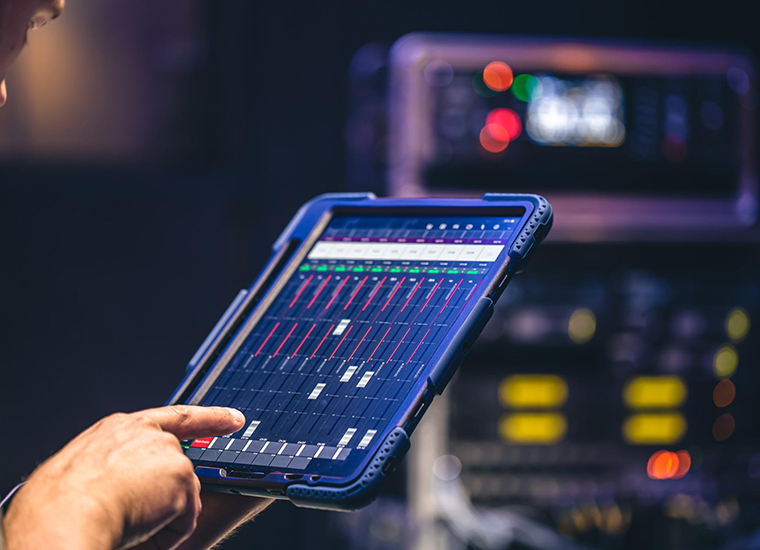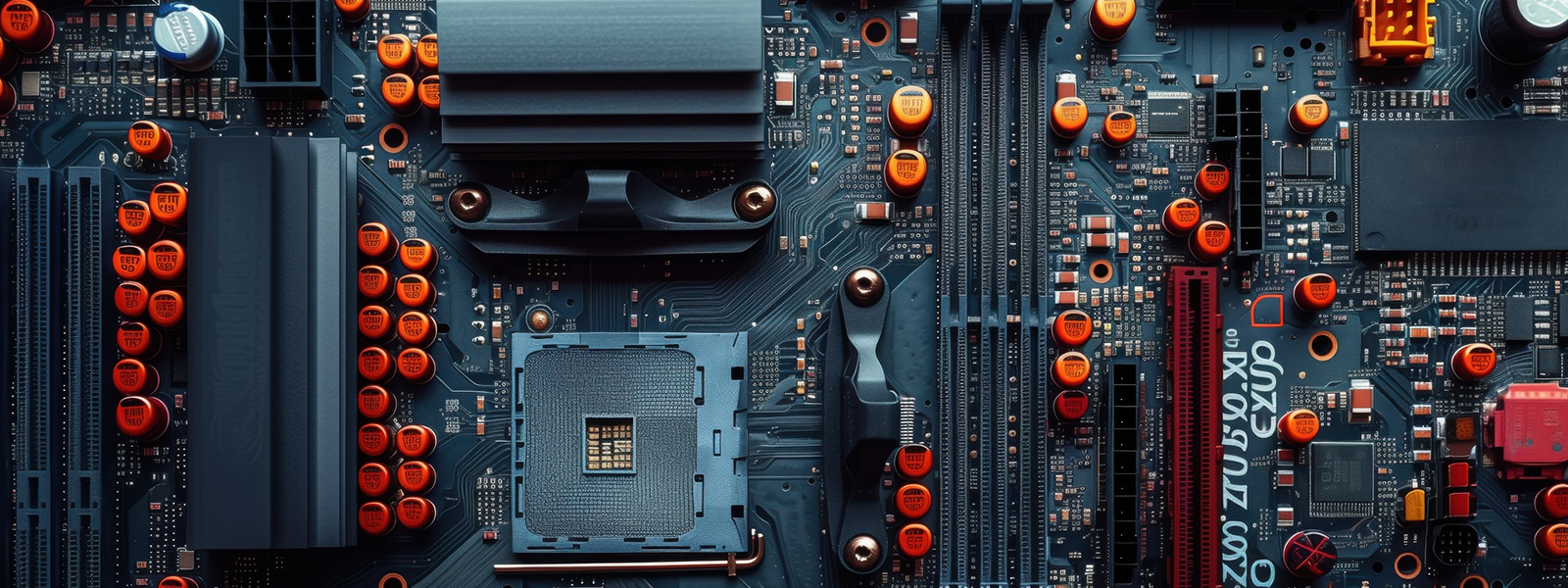AGP China Technology Report - Graphics Processing Unit (GPU)
Table of Contents
Page Section
03 Technology Overview
05 Historical Development Timeline
08 Product Differentiation
13 China Technology Ecosystem
16 Sino-Foreign Collaboration
21 Common Applications In China
26 Government Policy Support
29 Impact On Market Incumbents
32 Final Conclusion
33 Appendices
1.1 Global Snapshot
Definition and Core Technologies
Graphics Processing Units (GPUs) are specialized hardware designed for parallel processing tasks, crucial for data centers' performance in AI and machine learning applications. They leverage technologies such as:
- Parallel Processing Architecture: Facilitates simultaneous data processing, enhancing computational efficiency.
- High Bandwidth Memory (HBM): Ensures rapid data access for managing extensive datasets.
- Tensor Cores: Optimized for deep learning, enabling efficient matrix computations.
Global Benchmarks and Market Dynamics
Nvidia leads the GPU market with its Hopper and Blackwell architectures, delivering significant advancements in AI processing. The Blackwell B200, for instance, offers up to 20 petaflops of compute power.
In 2023, Nvidia shipped 3.76 million GPUs for data centers, capturing a 98% market share, highlighting the rising demand for GPU-accelerated computing. The global market for data center GPUs was valued at USD 13.1 billion in 2023, with expectations to grow at a CAGR of over 28.5% from 2024 to 2032.
1.2 China Snapshot
Market Position and Domestic Capabilities
China is enhancing its GPU capabilities to reduce reliance on foreign technology, with domestic companies focusing on AI and ML workloads.
Leading Firms and Product Developments
Huawei and Alibaba are developing GPUs such as the Ascend series and Hanguang 800, targeting the computational demands of China's data centers.
National Policies and Industrial Targets
Policies like "Made in China 2025" support high-performance computing technologies, aiming for self-sufficiency and global competitiveness.
Cost-Performance Edge and Application Scaling
China’s cost-effective GPU solutions enable broader adoption across sectors like finance and healthcare, enhancing performance without significant cost increases.
Role in Advancing New Productive Forces
GPUs in data centers drive "new productive forces" by enabling AI applications and big data analytics, aligning with China’s strategic goals of industrial upgrading.
Link to Demographic Shifts and Industrial Upgrading
As the population ages, AI-driven solutions in healthcare rise, supported by GPUs. Their integration into manufacturing processes supports industrial upgrading, enhancing smart factories.
Policy Relevance and Tech-Industry Integration
Emphasizing technological self-reliance, China integrates domestic GPUs into its tech industry, crucial for achieving economic growth and global competitiveness.
1.3 Market Size
Global and China-Specific Market Estimates
The global GPU market is projected to reach USD 120.5 billion by 2032, with a CAGR of over 28.5%. China's market mirrors this trajectory due to AI infrastructure investments and supportive policies.
Growth Scenarios
- High Growth: Accelerated AI adoption and technological advances could push the CAGR above 30%.
- Medium Growth: Steady GPU integration with moderate progress, leading to a CAGR of 25-30%.
- Low Growth: Slower adoption or technological challenges could result in a CAGR below 25%.
5-Year CAGR Estimates
Analysts expect a 28.5% CAGR for the global data center GPU market, based on unit shipments and market value.
Market Breakdown
- Application Domain: Dominated by AI and ML, followed by data analytics and high-performance computing.
- Customer Segment: Hyperscale cloud providers lead, with significant demand from enterprises and research institutions.
- Geography: North America leads in adoption, while Asia-Pacific, particularly China, sees rapid growth due to AI infrastructure investments.
AGP Insights
Download PDF.
Your PDF report was sent successfully to your inbox!
Related Insights.











